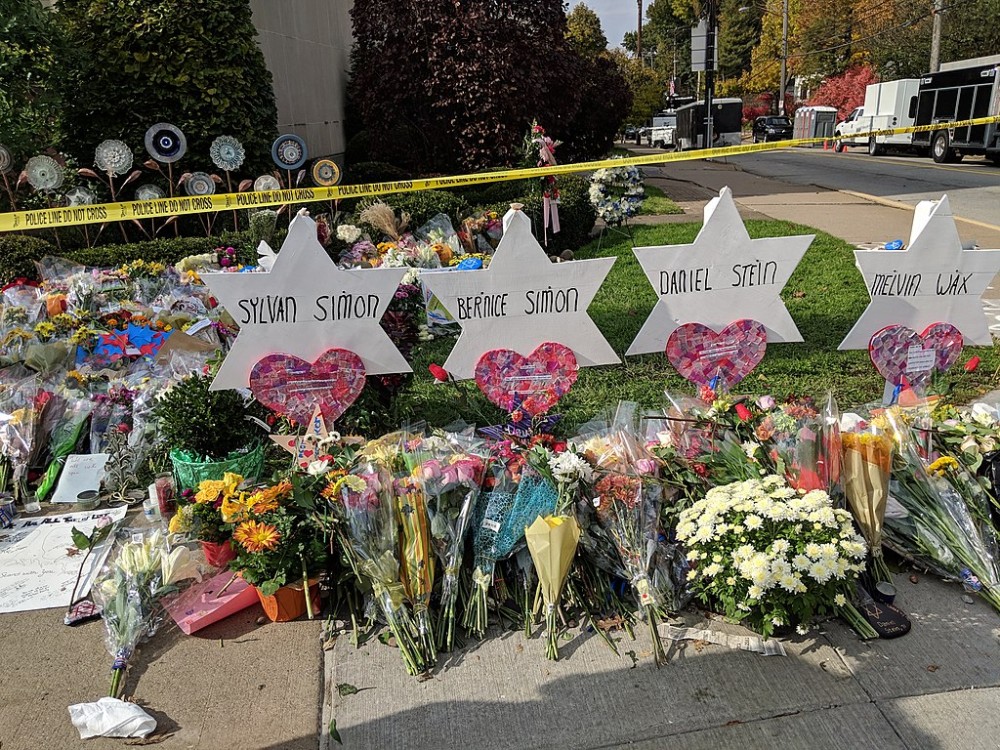Two years after my husband survived the Tree of Life shooting, I’m still figuring out how to tell the story
How do you construct a narrative in the aftermath of communal trauma?

It’s difficult to be a storyteller and part of the story at the same time. How can I be sure my telling is not lopsided, veering too much toward my own perspective and ignoring the experiences of others? Since the morning of October 27, 2018, when an antisemitic shooter entered the Tree of Life building in Pittsburgh’s Squirrel Hill neighborhood and killed members of the three congregations who shared the worship space, learning how to tell that story has been my reality.
My husband is a rabbi of one of the groups that met at Tree of Life, New Light. He escaped by hiding himself and those he was able to summon to the front of the room in an electrical storage area that was too dark for the shooter to see them. He was able to somehow feel his way in the dark to a door and escape outside. The policeman he encountered told him in no uncertain terms to “get the [expletive] out of here.” So in a neighborhood entirely on lockdown because of an active shooter, my husband walked home.
Early the next morning, camera crews showed up at our doorstep. Cards were left by large-audience television talk shows, asking us to get in touch. We declined. The story my husband needed to tell was in the eulogies for his murdered congregants. His only important task that week was to reflect on their lives in a way that would give them the dignity their violent deaths lacked, to attempt to give closure and a sense of peace to traumatized family members, helping them grieve.




